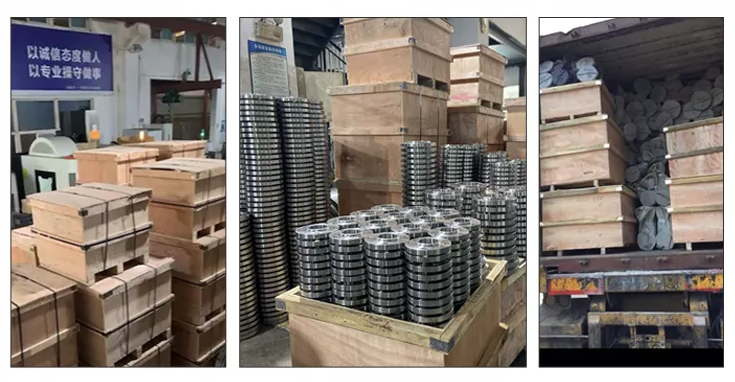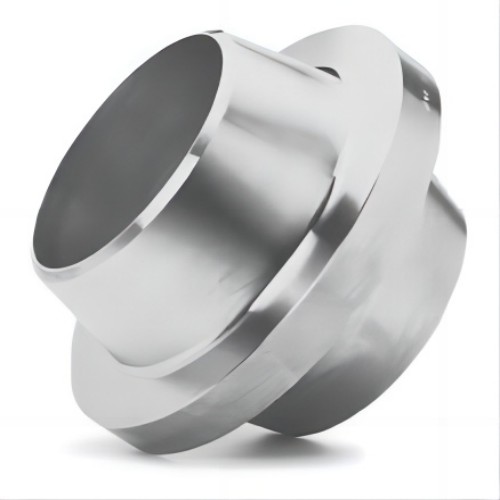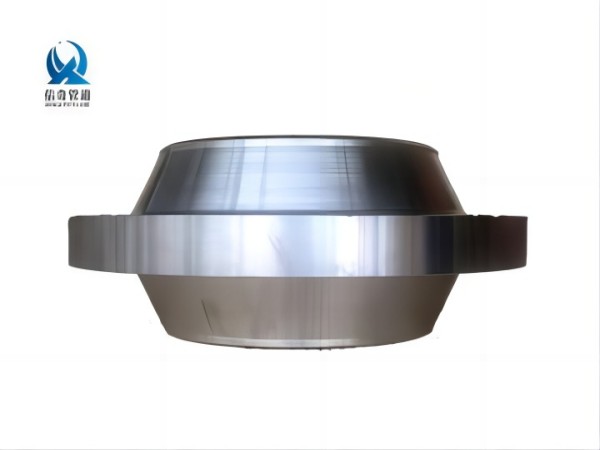ASME B16.5 Carbon Steel Stainless Steel Forged Anchor Flange
Product Data
| Product Name | Anchor Flange | ||||||||
| Size | NPS1/2-NPS24;DN15-DN600 | ||||||||
| Pressure | Class150lb-Class2500lb | ||||||||
| Thickness | 9.7-46.0 | ||||||||
| Standard | ASME B16.5 | ||||||||
| Material | Carbon Steel A105 Q235B | ||||||||
| Stainless Steel 304 316 321 | |||||||||
| Application | Anchor flanges are widely used in petroleum, natural gas, chemical industry, electric power and other industrial fields, especially for pipeline systems under high pressure and high temperature conditions. | ||||||||
Product Introduction
ASME B16.5 is a standard established by the American Society of Mechanical Engineers (ASME) to regulate the size, pressure class and connection method of forged steel, cast steel and cast iron flanges.
ASME B16.5 anchor flange is a type in this standard, which is usually used to connect pipes and equipment and ensure the stability and tightness of the connection.
Anchor flange is a connecting device used to connect pipelines or equipment to ensure the stability and safety of the connection in different industrial applications.
Anchor flanges usually consist of two flat flanges joined together by bolts and nuts.
Main features
1. Size range: ASME B16.5 anchor flanges range in size from 1/2 inch to 24 inches (15mm to 600mm), covering most common pipe sizes.
2. Pressure rating: This standard defines anchor flanges of different pressure ratings, including 150, 300, 600, 900, 1500, and 2500-pound ratings. Flanges of each pressure level have corresponding bearing capacity, which can meet the needs of different application scenarios.
3. Material: Common materials for ASME B16.5 anchor flanges can be carbon steel and stainless steel, which can provide different strengths and corrosion resistance to suit different working environments and media.
4. Connection method: The anchor flange adopts the connection method of bolts and nuts to ensure the stability and detachability of the connection.
Main component:
1. Flange: The anchor flange has two flat flanges, one on one side of the pipe or equipment and the other on the other. The two flanges are tightly connected together by bolts and nuts.
2. Bolts and nuts: Bolts and nuts are the key elements that connect two flanges together. They are usually high-strength steel materials, ensuring a strong and durable connection.
3. Gaskets: Gaskets are located between the bolts and nuts to fill the gap between the flanges and provide an even pressure distribution to ensure the tightness of the connection.
Advantages and disadvantages:
Advantage:
1. Strong connection: The anchor flange is connected by bolts and nuts, which provides a strong connection force, can withstand high pressure and heavy load, and ensures the stability and safety of the connection.
2. Flexibility: Anchoring flanges are suitable for pipes and equipment connections of various sizes and pressure levels, and have strong adaptability and flexibility.
3. Easy to install and maintain: It is relatively simple to install and remove the anchor flange, which makes it more convenient to maintain and repair the piping system or equipment.
4. Detachability: The design of the bolt and nut connection makes the anchor flange detachable, which is very useful for dealing with the replacement or maintenance of the piping system.
5. A variety of material options: the anchor flange can be used in different materials (such as forged steel, cast steel, cast iron, etc.) to adapt to different working environments and media requirements.
Disadvantages:
1. Installation complexity: Compared with other connection methods, installing anchor flanges may require more time and effort, especially in large or high pressure systems.
2. Leakage risk: Since the anchor flange is connected by bolts and nuts, if it is installed improperly or the bolts are loose, it may cause a risk of leakage.
3. High cost: Compared with some simple connection methods, the material and manufacturing costs of the anchor flange are relatively high.
4. Limited space: The design of the anchor flange may be limited by space, so it may not be suitable for some small or special-shaped places.
5. Difficulty in transfer: Once the anchor flange is installed, it may be relatively difficult to transfer it to another location, which may require reinstallation and adjustment.
1.Shrink bag–> 2.Small Box–> 3.Carton–> 4.Strong Plywood Case
One of our storage
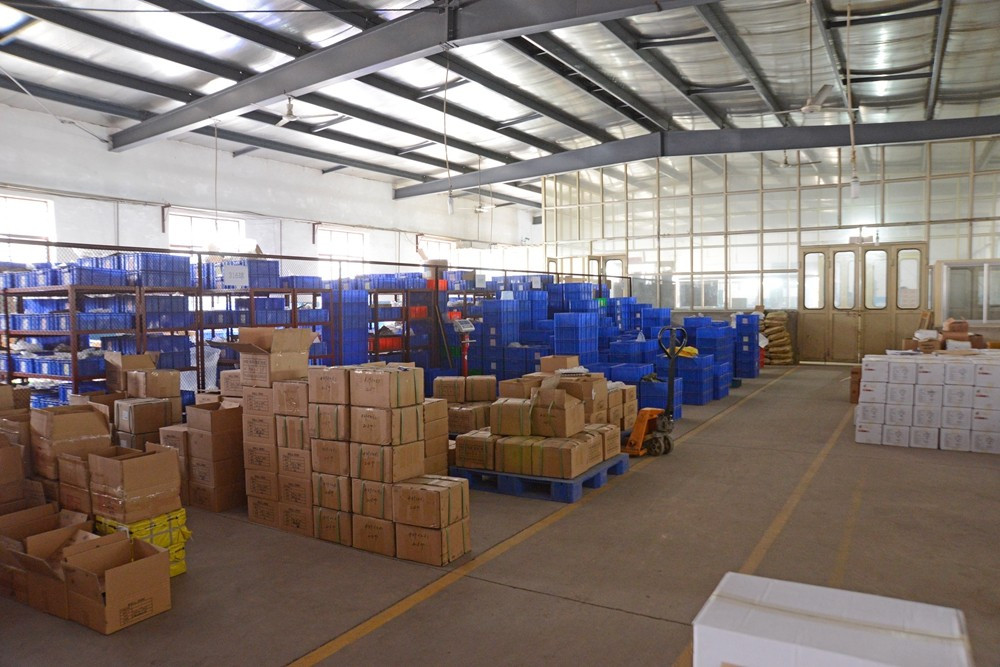
Loading
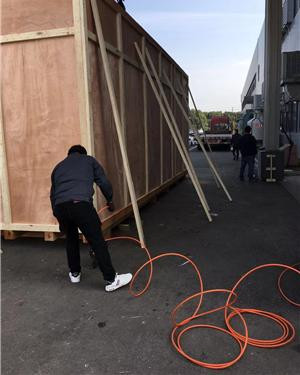
Packing & Shipment
1.Professional manufactory.
2.Trial orders are acceptable.
3.Flexible and convenient logistic service.
4.Competitive price.
5.100% testing,ensuring the mechanical properties
6.Professional testing.
1.We can guarantee the best material according to related quotation.
2.Testing is performed on each fitting before delivery.
3.All packages are adapt for shipment .
4. Material chemical composition is conformed with international standard and environment standard.
A) How can I get more details about your products?
You can send an email to our email address. We will provide catalogue and pictures of our products for your reference.We can also supply pipe fittings, bolt and nut, gaskets etc. We aim to be your piping system solution provider.
B) How can I get some samples?
If you need, we will offer you samples for free, but new customers are expected to pay express charge.
C) Do you provide customized parts?
Yes, you can give us drawings and we will manufacture accordingly.
D) To which country have you supplied your products?
We have supplied to Thailand, China Taiwan, Vietnam, India, South Africa, Sudan, Peru , Brazil, Trinidad and Tobago, Kuwait, Qatar, Sri Lanka, Pakistan, Romania, France, Spain, Germany, Belgium, Ukraine etc. (Figures here only include our customers in latest 5 years.).
E) I can’t see the goods or touch the goods, how can I deal with the risk involved?
Our quality management system conforms to the requirement of ISO 9001:2015 verified by DNV. We are absolutely worth your trust. We can accept trial order to enhance mutual trust.
Products categories
-

Phone
-

E-mail
-

Whatsapp
-

Top



